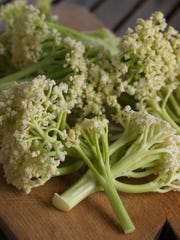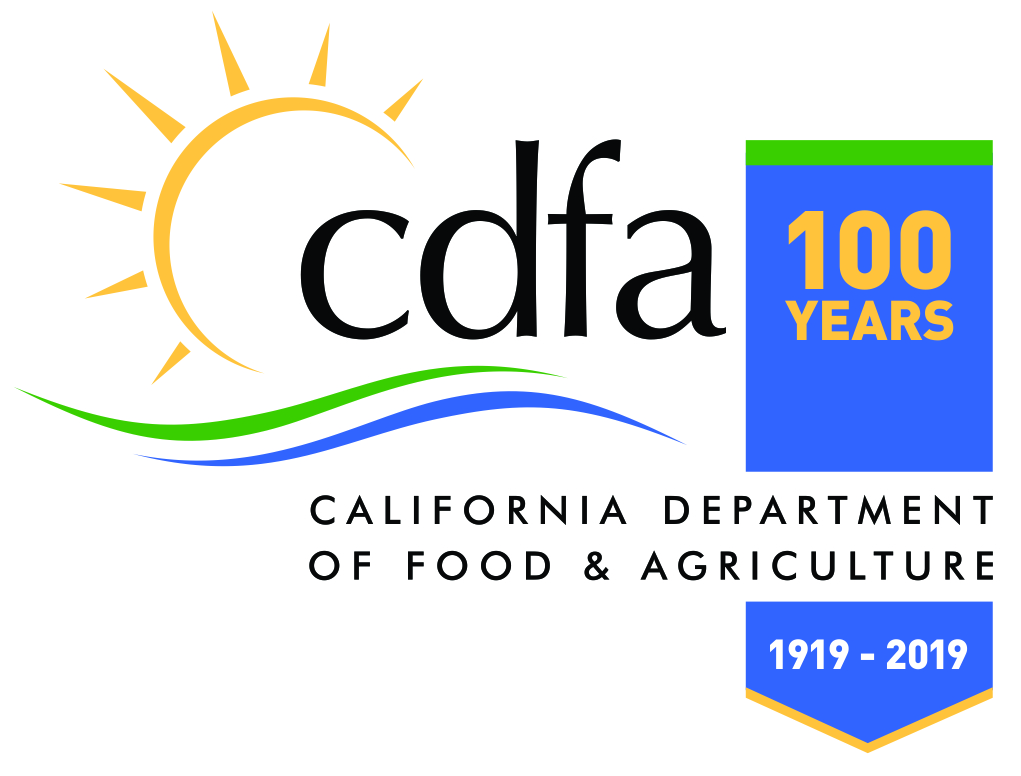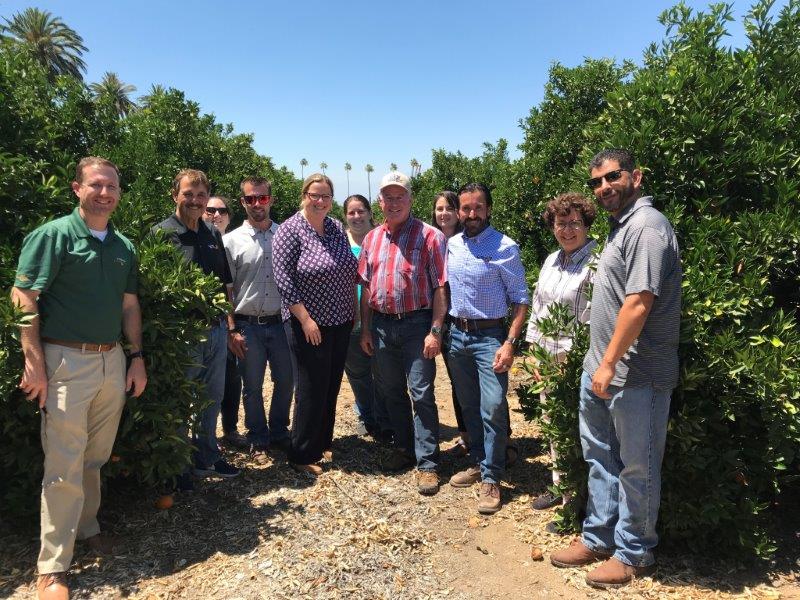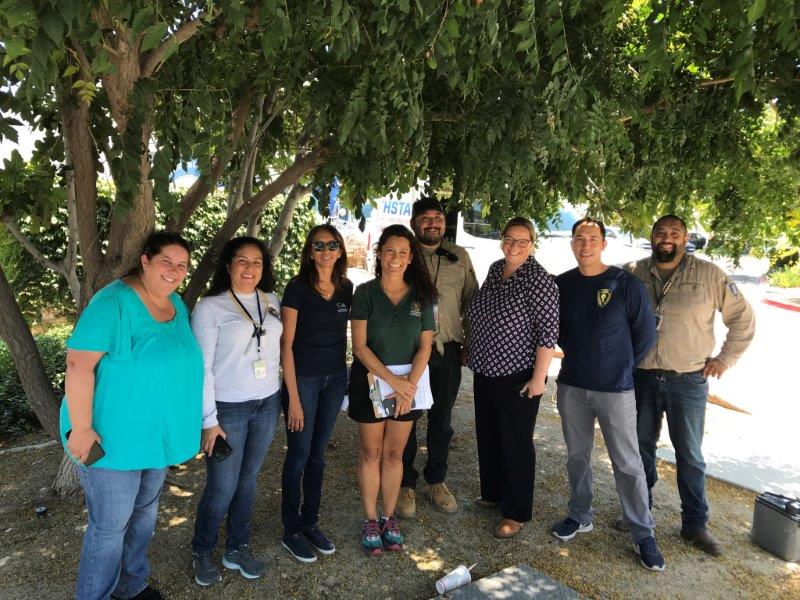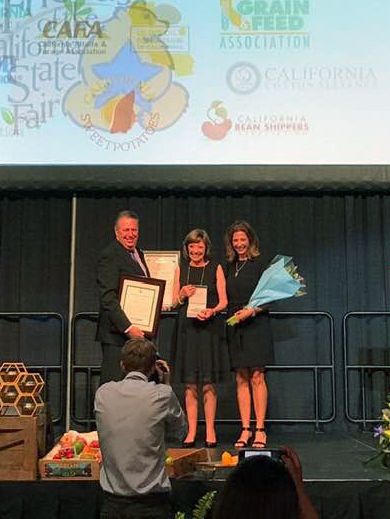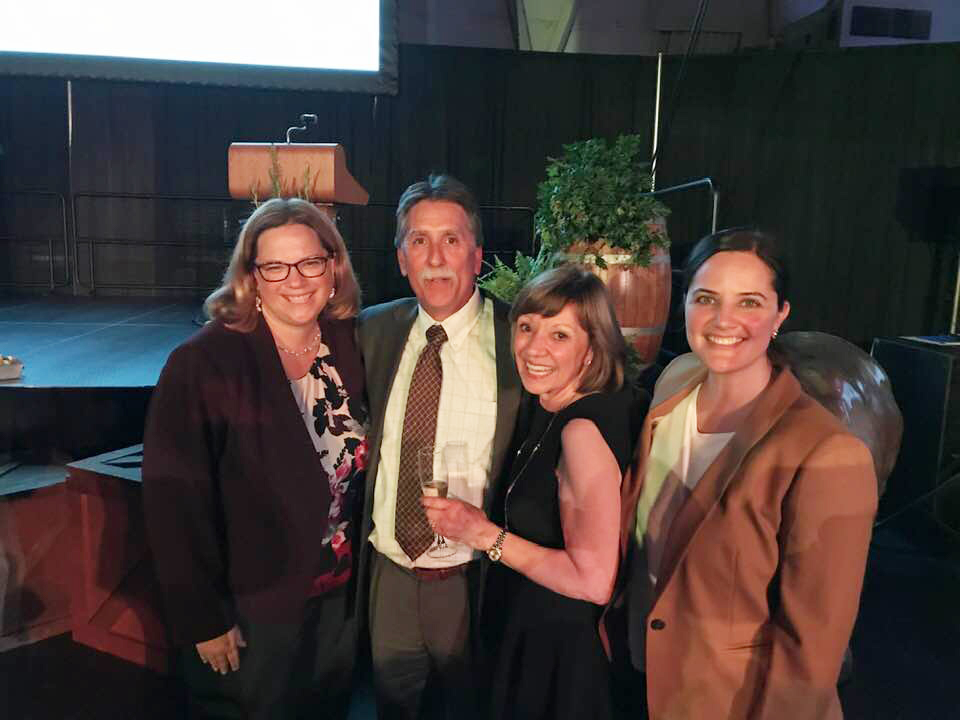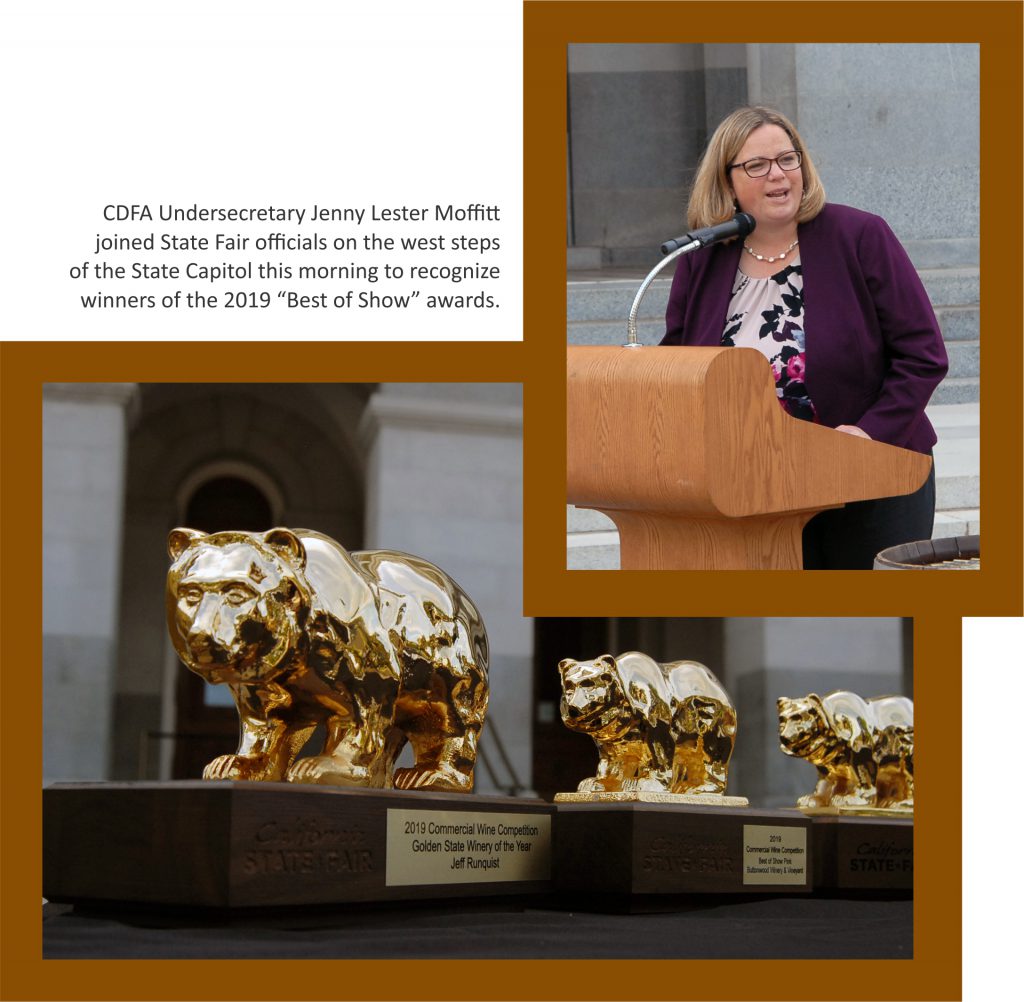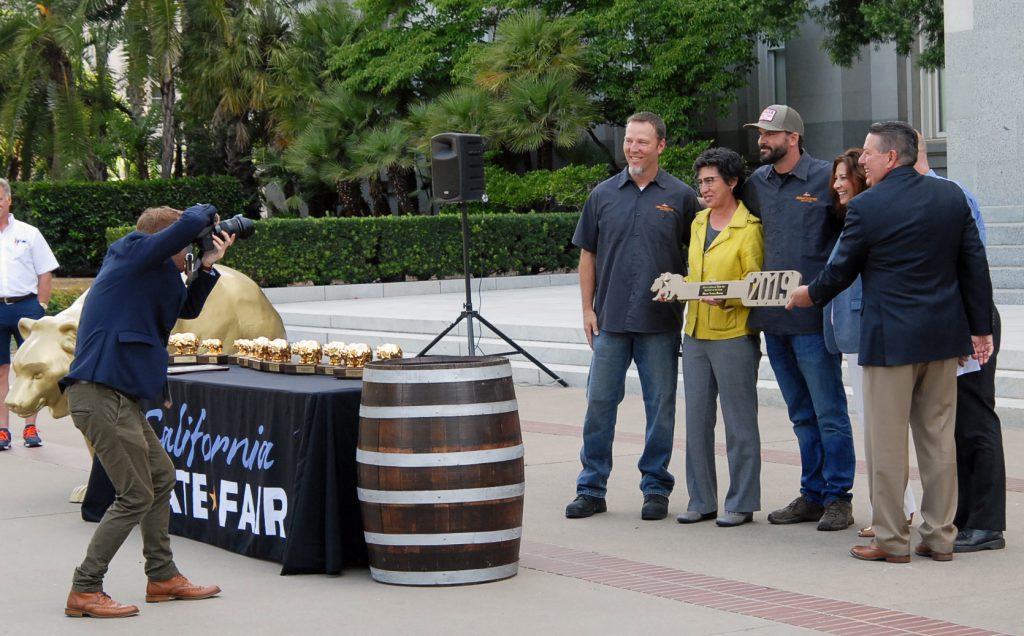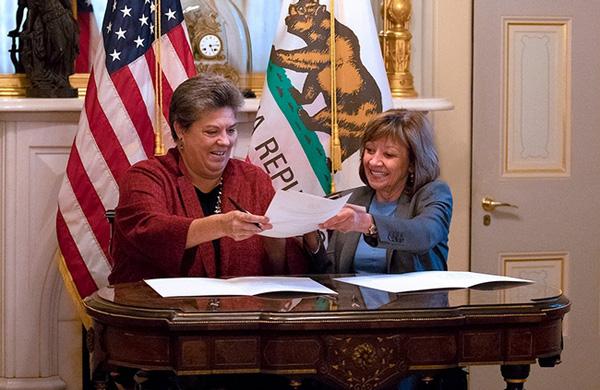By Julia Mitric
As a generation of farmers in California enters retirement age, these growers and ranchers face difficult choices about what to do with their farms and how to support themselves as they age.
There is no “cookie-cutter formula” for farmers navigating this chapter, said Rod Carter, an expert in land succession planning who has advised California farmers for several decades.
“The only thing I can tell you (is that) out of 300-plus families I’ve worked with here in California on this particular topic, none of them are the same,” Carter said.
In 2017, the average age of California farmers rose to 59, according to the most recent USDA Census of Agriculture. The national average is 57.5 years old, up from 56.3 years old in 2012. More than a third of U.S. farmers are 65 or older.
While each case is unique, there are common factors at play, such as personal health; the type, scale and viability of the business; the market; and the multi-generational needs of the family, Carter said.
In the case of Riverhill Farm in Nevada County, business succession plans didn’t involve younger family members.
Until about a year ago, Alan Haight and Jo McProud, both 62, were still actively planting and tending organic produce on seven acres of flattish land nestled below a ridge in the Sierra Nevada foothills. Farm succession was on Haight’s mind from the very beginning, he said.
“I started [the farm] with the intention that it would survive my ability to farm,” Haight said. “Farms aren’t common in this area, and so when someone undertakes to build a farm, that’s a tremendous investment of time and effort. There’s a lot at stake for community in that farm surviving.”
The couple came to farming in their early 40s as a second career. Haight left a San Francisco law firm as a paralegal and later married McProud, who was a landscape architect.
At a time when there wasn’t a local food movement to speak of in Nevada City, they built a successful business selling organic produce. Haight said they sold 85% of their produce within 10 miles of Riverhill Farm and the other 15% went to the Tahoe Food Hub in Alpine Meadows, which buys produce from regional growers and distributes it in the Lake Tahoe area.
It was common for Haight to work 10 to 12 hour days, seven days a week, he said. That’s the time it took him and McProud to plant, weed, trim and harvest, even with the help of a farm crew of three or more people on weekdays. Beyond growing and tending vegetables, there’s the work of developing customers, buying materials, paying bills, fixing equipment and irrigation lines, running the weekend farmers market, and hosting a pick-your-own berry patch in the summer.
Unsurprisingly, the most frenetic pace came at the height of summer, when Haight, McProud and their farm laborers were working in the fields as temperatures pushed into the mid-90s.
On the hottest days, Haight said he couldn’t wait to drive the air-conditioned delivery van to Nevada City. Even though it meant loading and unloading thousands of pounds of produce for the farmers market, at least it was a break from the heat, said Haight.
“June and July were…the months of the season when I always thought ‘This is going to be my last season!’” Haight admitted, laughing.
“Pushing through those hard times was doable through our 50s,” McProud explained, “[but] then as we got into our 60s, the lack of sleep, the stress on our joints…you’re not as resilient. Our physical bodies are aging.”
And other changes were happening. The couple welcomed their first grandchild into the world last year, and they wanted to spend more time with family.
“One of the worst outcomes would’ve been that we had to keep going beyond our ability to do it and worked ourselves into the ground, to an early grave,” McProud says.
In order to retire in their 60s, the couple needed a way to leave the fields but still draw income from the successful business they had built. Haight and McProud agreed they needed to find someone who would appreciate their “legacy” of sustainable farming and carry it forward.
That person turned out to be Antonio Garza, who worked as farm manager at Soil Born Farms. The non-profit organization in the Sacramento suburbs offers educational programs for school-age children and farm apprenticeships for rookie farmers. “Finding someone like Antonio is not easy in itself,” Haight said.
The relationship developed slowly over two years after the couple recruited Garza as Riverhill Farm manager. Observing him over that time, Haight and McProud were confident that Garza had the skill and stamina to become the sole farm operator.
The timing of the couple’s retirement hinged on Garza’s readiness to be his own boss. When he first met Haight, he’d already been farming for other people for seven years.
“I was looking for a long-term opportunity … an opportunity to work for myself in a situation that could carry me through the rest of my farming career,” said Garza, who’s now 40. “I was looking for a long-term plan rather than a year-to-year plan.”
He says he had been looking to start his own farming operation in and around Sacramento. But he found “most land [that’s] suitable for farming is priced for residential and commercial development, not agriculture.”
“So, it’s very difficult to afford that [on] a farming income, particularly a starting farming income,” Garza added.
California’s high real estate costs are a major barrier for first generation farmers, according to data collected by the National Young Farmers Coalition.
Garza says the lease at Riverhill Farm offered long-term security at an affordable price. He, Haight and McProud fleshed out the terms of the agreement with guidance from CA FarmLink, a non-profit organization that provides farm loans and connects land owners with farmers in search of land.
Haight knows the benefits of CA FarmLink. He is the organization’s board president.
In 2018, the organization worked with roughly 200 farms with gross sales ranging from $20,000 to $1.5 million, according to Gary Peterson of CA FarmLink.
Garza pays the retired couple monthly on a two-year lease with an understanding that both parties are looking to establish a longer term arrangement. The lease allows Garza to use the land and equipment. He also inherits Haight’s connection to a base of loyal customers and clients who’ve bought vegetables and fruit from Riverhill Farms over the years.
Garza lives on the property with his partner, Daylin Wade, who works part time on the farm.
Meanwhile, Haight and McProud retain ownership of the land and stay in their house overlooking fields, orchards and forest.
Whether a farm has relatively small acreage, like Riverhill, or is a giant dairy collective, designing a farm succession plan is a matter of balancing personal goals and financial reality, said Tim Phlegar, national program director for Nationwide Mutual Insurance Co.’s Land Is Your Legacy program.
For multi-generational farming families, Phlegar said the question at the heart of this transition is “how does the senior generation become independent without being detrimental to the farm itself?”
Haight and McProud have found a way to solve this quandary through a non-family farm succession.
For her part, McProud admits to being happy when she looks out her window in the morning and sees Garza and Wade harvesting cabbages and winter greens, while she stays indoors with a hot cup of coffee.
“There’s not a detachment, but there is a sense of relief,” McProud said. “The timing was just right. We’re ready to turn the reins over, and we appreciate [the farm] going forward without having to do so much of the day-to-day physical and emotional work involved in farming.”
McProud says things could have ended much differently if they had waited too long or failed to find a next generation farmer.
“That’s happened in California, sadly,” she said, “[when] a farmer can’t create a workable succession and they can’t continue physically or financially to keep farming. And so the farm goes out of business.”
Link to story
